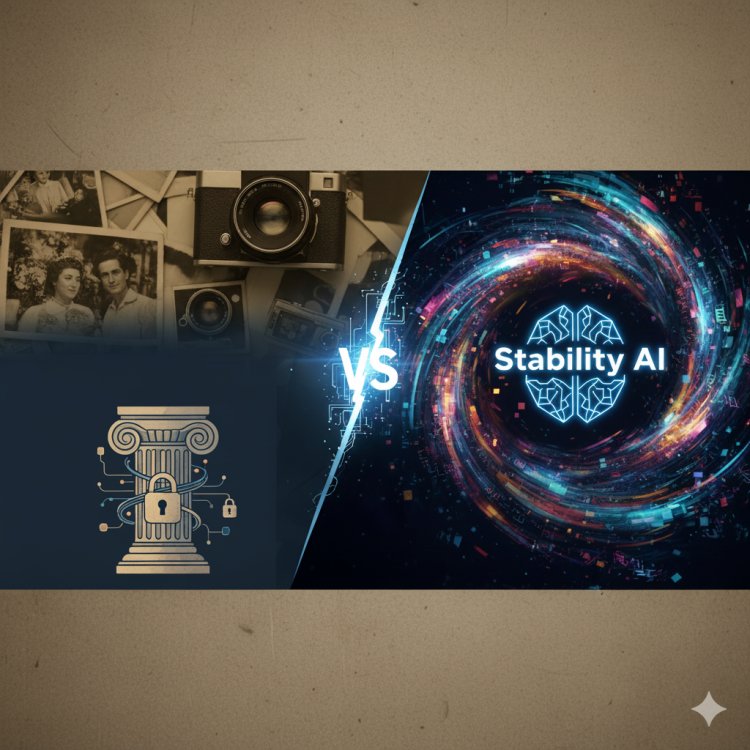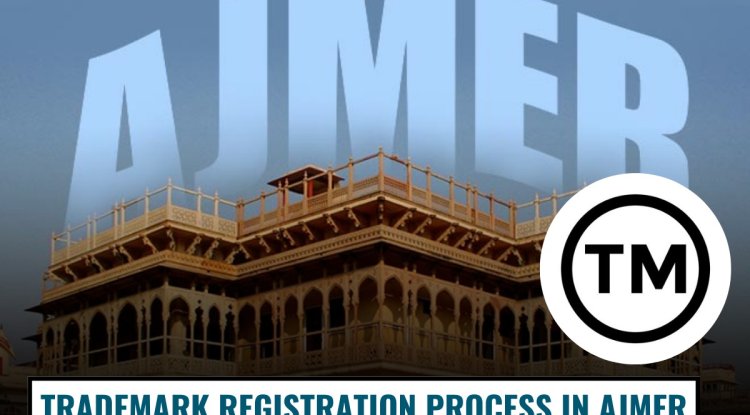Exploring Getty Images v Stability AI: Redefining Intellectual Property Rights in the Age of Artificial Intelligence
The landmark case of Getty Images v Stability AI (2025) marks a turning point in the intersection of artificial intelligence and intellectual property law. This analysis unpacks key findings on copyright, trademark infringement, and ownership, revealing how AI-generated content challenges traditional legal frameworks. The judgment sets critical precedents for liability, licensing, and creative ownership in the evolving landscape of technology and IP regulation.

Introduction
The intersection of artificial intelligence and intellectual property rights has become a hotbed for legal disputes as technology advances at a rapid pace. One noteworthy case that has recently emerged is Getty Images v Stability AI, [2025] EWHC 2863 (Ch), adjudicated in the High Court of Justice in November 2025. This case not only highlights the complexities of copyright law but also raises significant questions about the protection of intellectual property in the digital age. In this blog, we’ll delve into the intricacies of the case, its background, key findings, and its implications for the future of AI and intellectual property. At the core of this case lies Stability AI's latent diffusion model known as Stable Diffusion, which was trained on extensive web-scraped datasets, including selections from LAION subsets. Getty Images, a powerhouse in the stock photography industry, launched allegations against Stability, claiming that its training methodology and the outputs produced by its model infringed on their copyrights and trademarks. Getty's legal strategy initially included broad claims of copyright infringement; however, they ultimately narrowed their focus to specific points of trademark liability and ownership issues. The evolving nature of technology, particularly in machine learning and AI, means that traditional interpretations of copyright and trademark law are constantly being tested. The case reflects a crucial moment in which courts need to reconcile these age-old laws with new technological realities.
The claims examined in this case included:
· Trademark Infringement (Sections 10(1), 10(2), 10(3) of the Trade Marks Act 1994): Getty accused Stability of infringing on its trademarks by using elements of its brands in outputs generated by the AI model.
· Passing Off: The claim that Stability’s actions misled consumers regarding the origin of its outputs.
· Secondary Copyright Infringement (Sections 22-23 of the Copyright, Designs and Patents Act 1988): Allegations that Stability had created infringing copies of Getty’s works.
· Ownership and Licensing Issues: Questions regarding the ownership of specific images and whether licensing agreements were exclusive.
Key Findings of the Court
Responsibility and Publication Channels
One of the Court's primary findings was that Stability AI was not legally responsible for the publication of version 1.x of its model found on CompVis pages, where images generated through its API and DreamStudio were accessed. The Court identified that while Stability did provide access to its services, the responsibility for the actual publication rested outside its scope.
Trademark Infringement
In terms of trademark infringement, the court addressed three significant sections of the Trade Marks Act 1994:
· Section 10(1): The Court established an identity between the iStock marks and outputs for version 1.x specifically. This was founded on real-world examples like "Spaceships" and "Dreaming" images which were marked with iStock identifiers. However, Getty failed to prove any identity for their active trademarks.
· Section 10(2): The Court found a likelihood of confusion concerning the iStock marks in version 1.x and for Getty's trademarks in version 2.1 based on specific exemplars. This was based on example of “The First Japanese Temple Garden Image.” Here, the Court highlighted the importance of factual sensitivity, noting that the way synthetic images render watermarks can significantly affect public perception.
· Section 10(3): In contrast, claims relating to reputation, such as dilution or unfair advantage, were dismissed. The evidence did not support any claim of detrimental alteration in market behaviour caused by Stability's AI outputs.
To know more about this you can follow the link below:
Below mentioned is the table for the signs and images generated of Getty marks (by Model v2.1).
|
Mark |
Application No. |
Class |
Sign/ watermark from the image |
Image |
|
|
UK00911410859 |
9, 42 and 45. |
|
The Obama Image |
|
|
UK00902313005 |
9, 16, 35, 38, 39, 40, 41 and 42. |
|
The Obama Image |
|
gettyimages |
UK00908257925 |
9, 16, 35, 38, 39, 41, 42 and 45. |
|
The First Japanese Temple Garden Image |
Below mentioned is the table for the signs and images generated of iStock marks (by Model v1.2).
|
Mark |
Application No. |
Class |
Sign |
Image |
|
ISTOCK |
UK00908257297 |
16, 40 and 41. |
|
The Spaceships Image |
|
ISTOCK |
UK00906776819 |
9, 35, 38, 42 and 45. |
|
The Dreaming Image |
Secondary Copyright Infringement
The Court dismissed the claims of secondary copyright infringement, emphasizing a critical interpretation of copyright law. It noted that while the term “article” could encompass intangible assets, an “infringing copy” must retain a copy of the original work. Since the Stable Diffusion model’s weights did not contain or reproduce Getty’s works, this claim failed.
Ownership and Licensing
The Court also examined the ownership of specific images and licensing agreements. Getty was able to establish ownership for some works but failed to do so for others, indicating a complex landscape of rights and responsibilities regarding contributor agreements.
Implications for the Future of AI and Intellectual Property
The Getty Images v Stability AI case sets a significant precedent in the field of intellectual property as it relates to AI and machine learning. Several implications arise from the court's findings:
· Clarification of Responsibilities: The case clarifies the extent of responsibility AI developers have concerning the content their models generate. As models borrow and learn from vast datasets, understanding the legal standing for liabilities becomes crucial.
· Evolving Definitions in Law: The findings surrounding the definitions of “infringing copy” and the delineation of ownership highlight the necessity for intellectual property law to evolve alongside technological advancements. The court’s approach suggests a need for more nuanced legislation that takes into account the complexities of AI-generated content.
· Impact on Licensing Agreements: The determinations regarding that exclusivity in licensing agreements may change how companies handle their contracts with contributors. As AI continues to be integrated into creative processes, there could be a shift in how licensing is structured to protect rights efficiently.
· Marketplace Dynamics: The decision may impact how businesses in creative industries strategize their operations regarding new technologies. Notably, the dismissal of claims related to dilution and unfair advantage implies that creative firms must adapt to increased competition from AI in a manner that remains compliant with current laws.
· Future Case Law: This case could pave the way for future litigation involving AI technologies. Other companies may look to this case as a benchmark for understanding their positions regarding intellectual property rights, setting an important precedent for how similar cases may be interpreted in the future.
Conclusion
As AI continues to grow and integrate into various sectors, the legal landscape will likely need to adapt and redefine existing frameworks. This case highlights the complexities involved in protecting creative works while fostering innovation. Stakeholders across the creative and technology sectors must remain vigilant and adaptable to ensure that both their intellectual property rights and opportunities for growth are safeguarded in the ever-changing digital landscape. Future deliberations and legal interpretations will undoubtedly shape the trajectory of AI technology and its implications for intellectual property rights for years to come.












